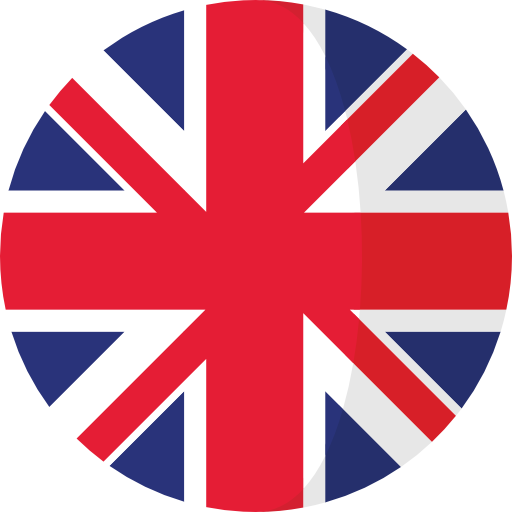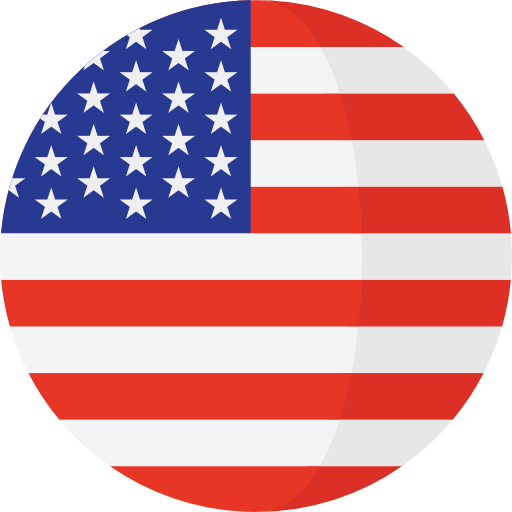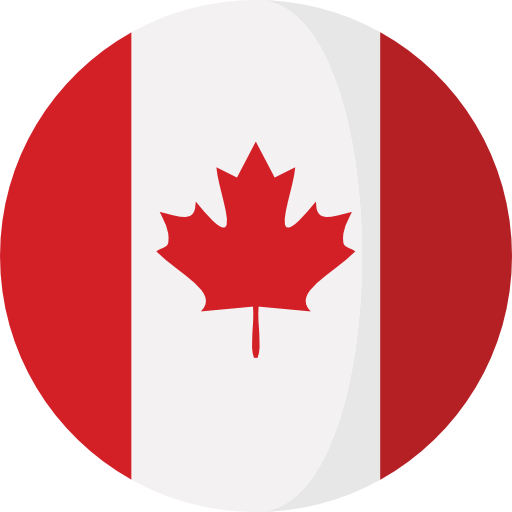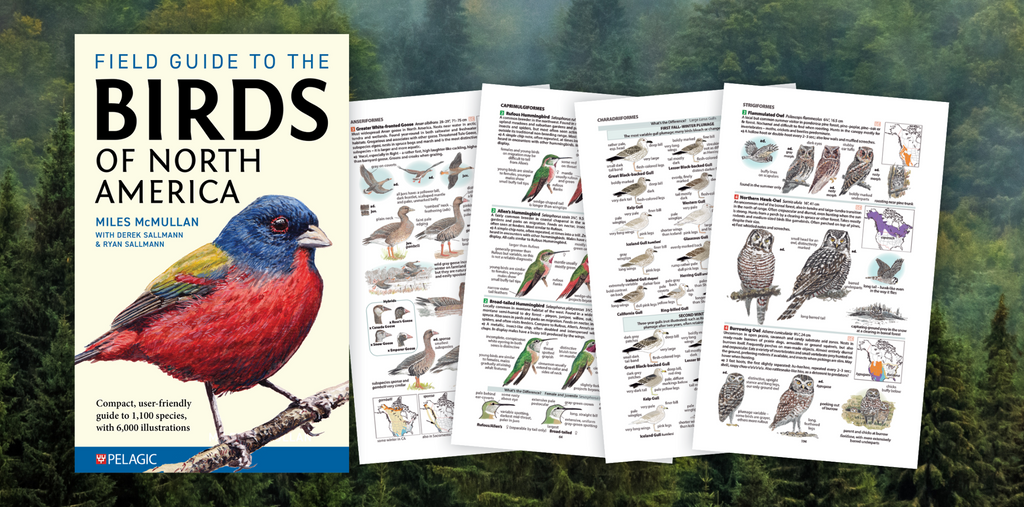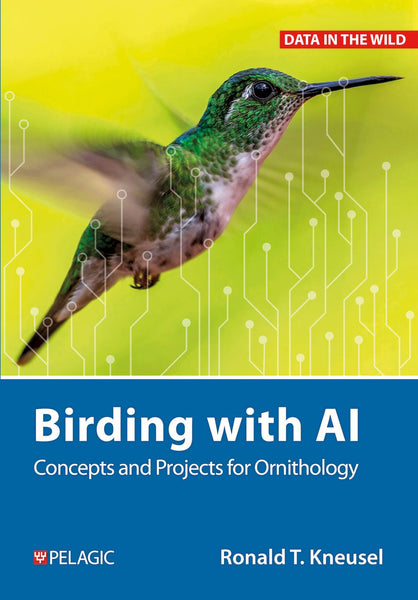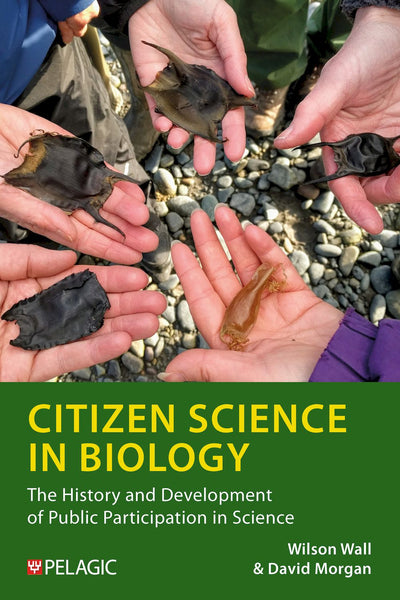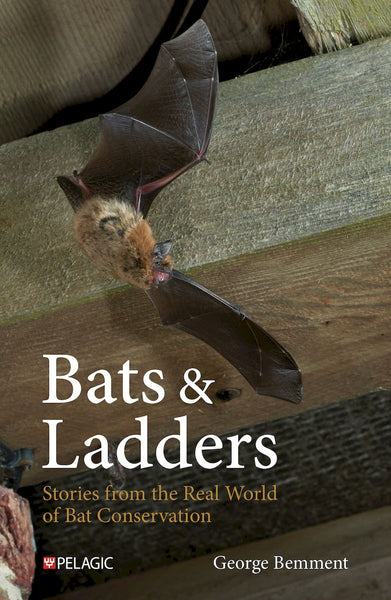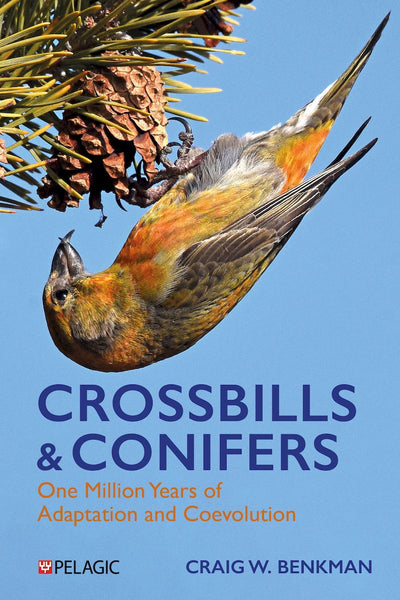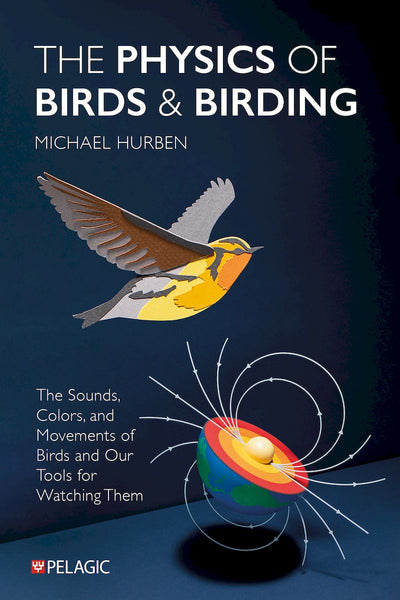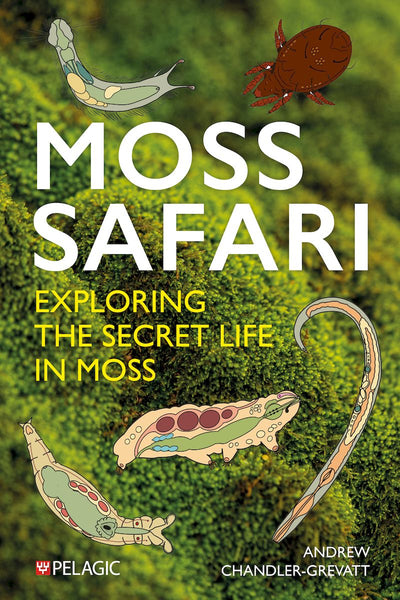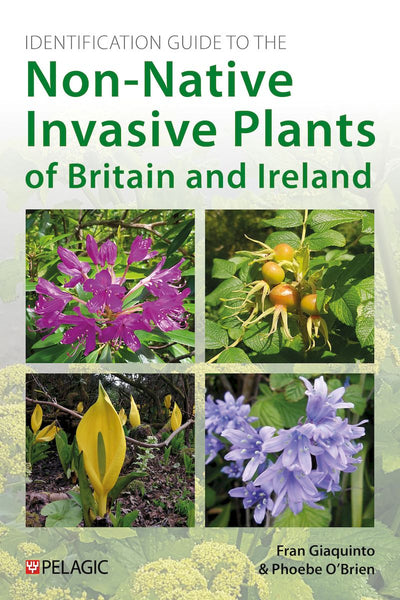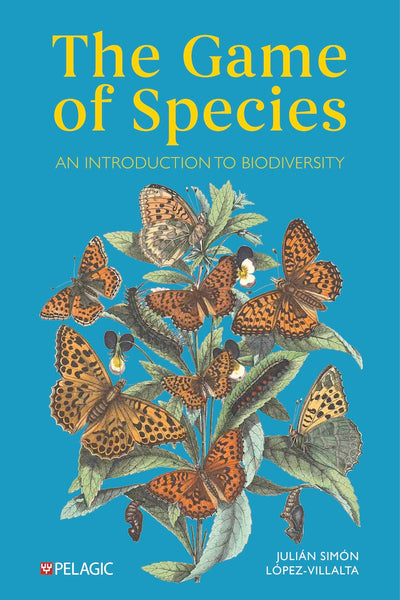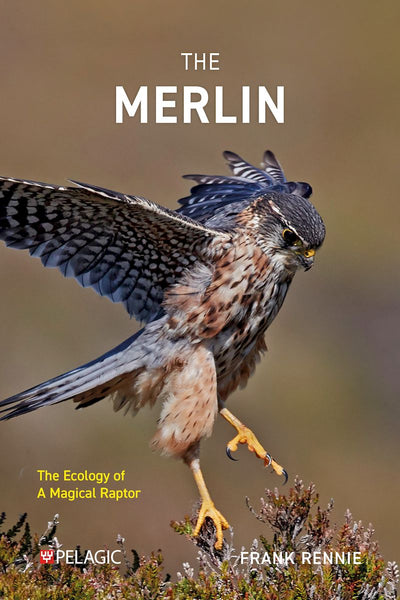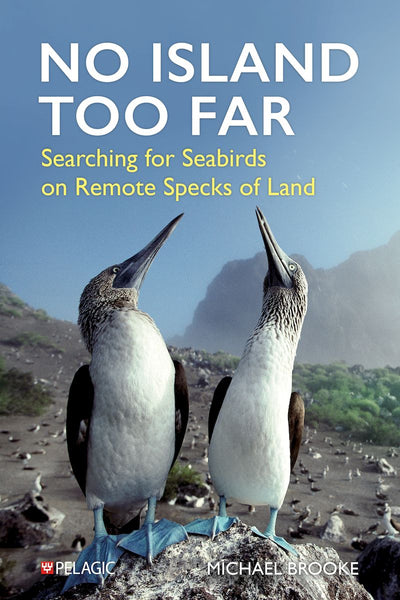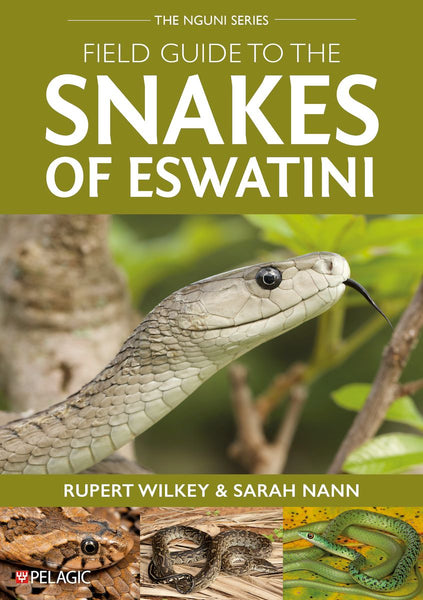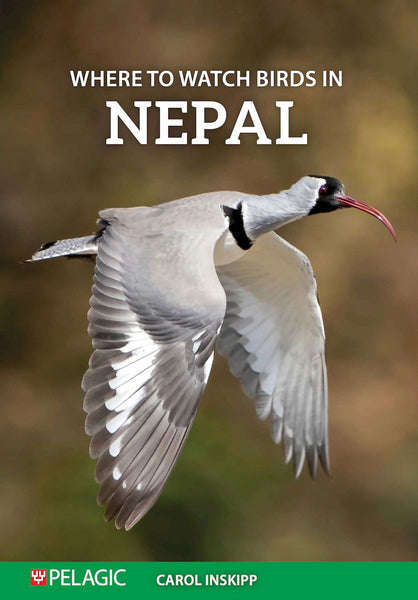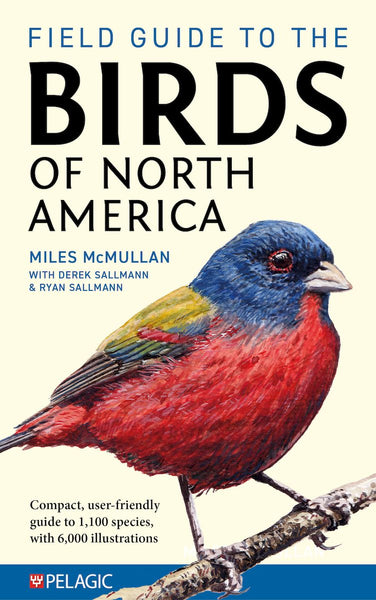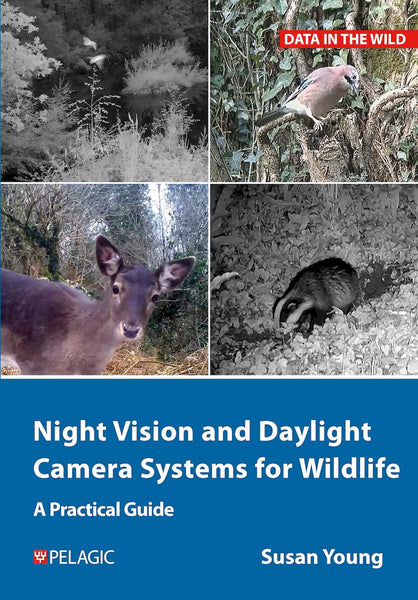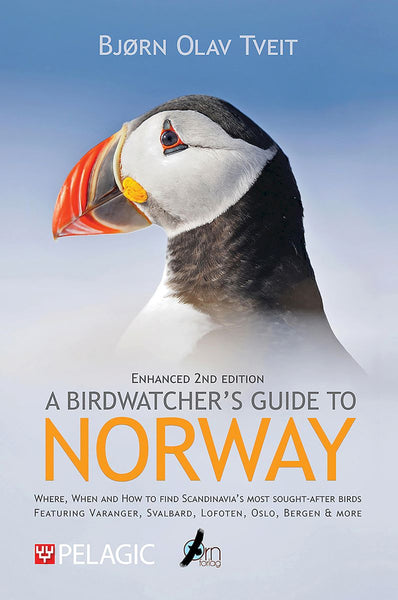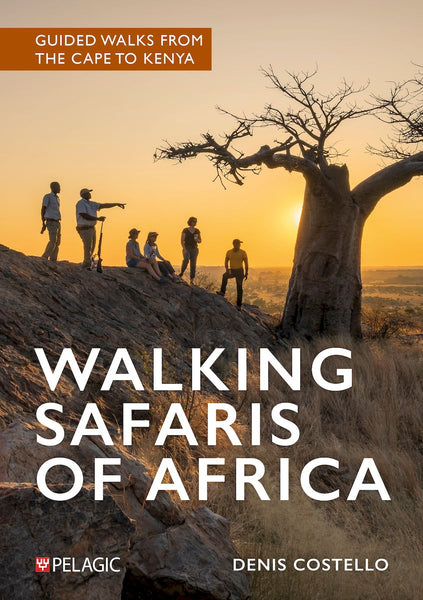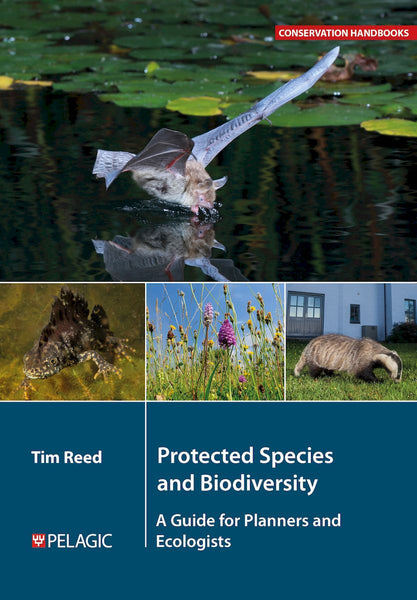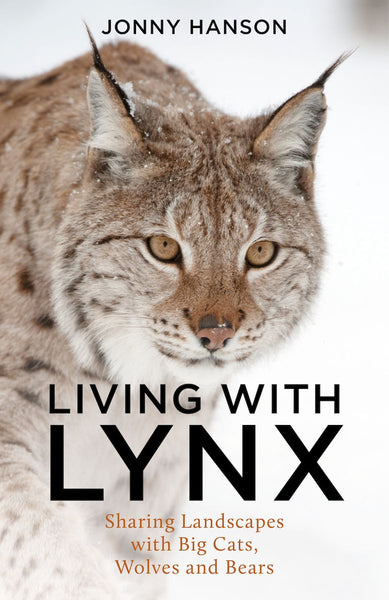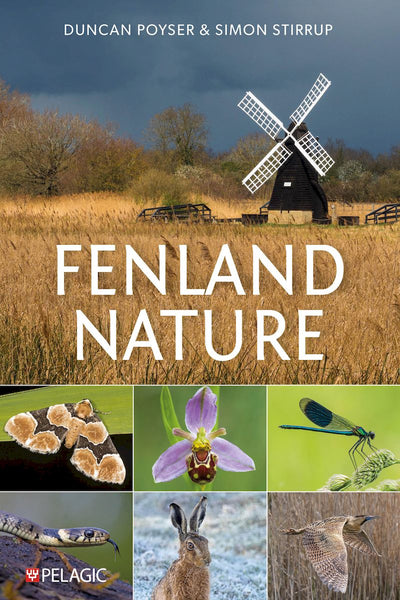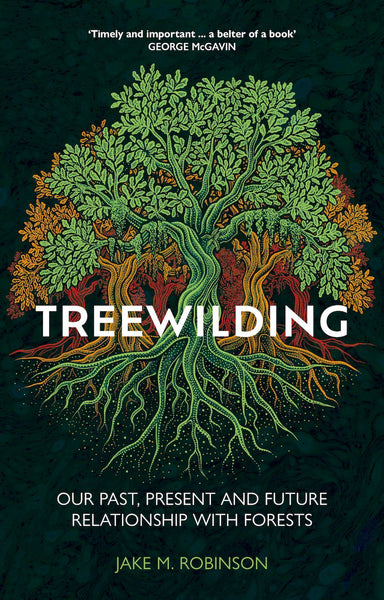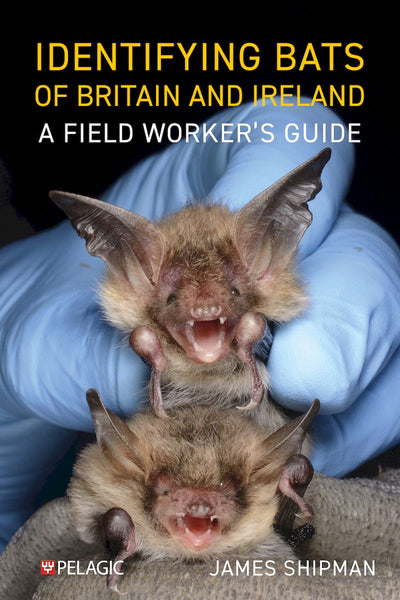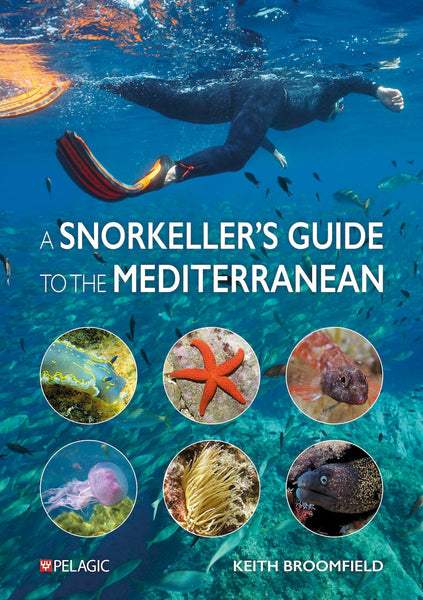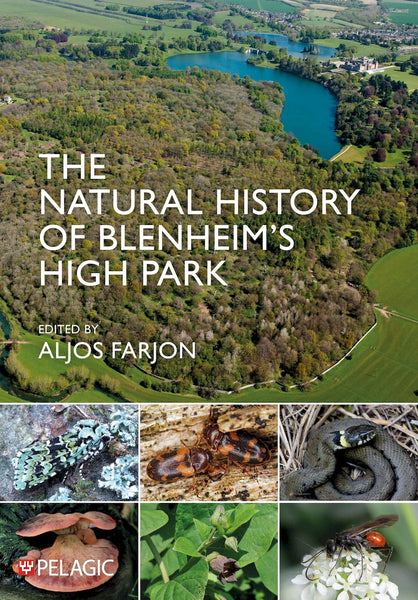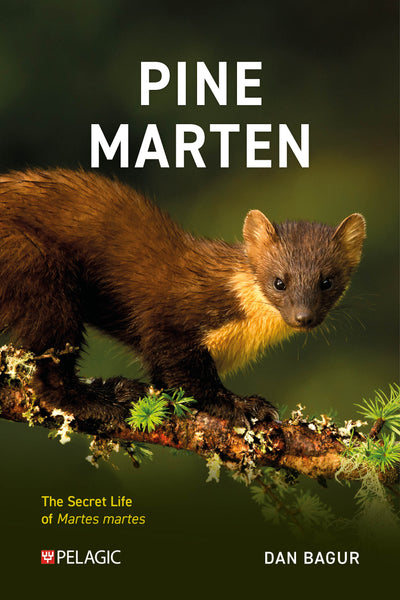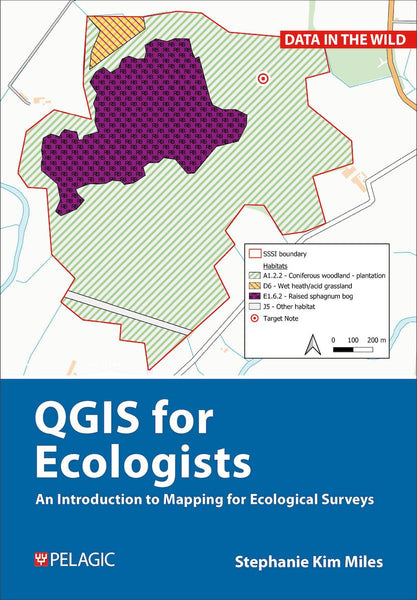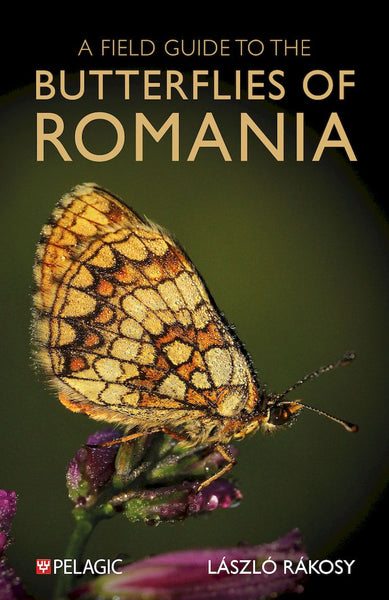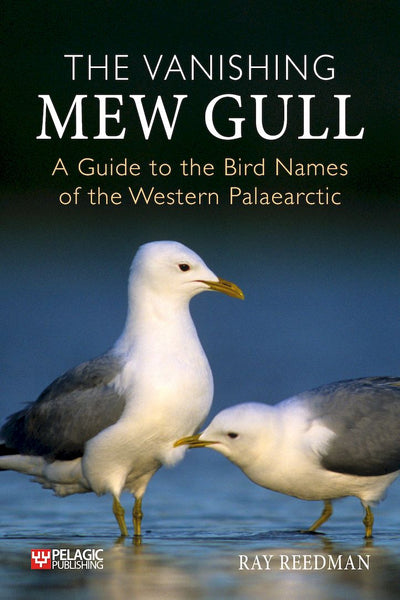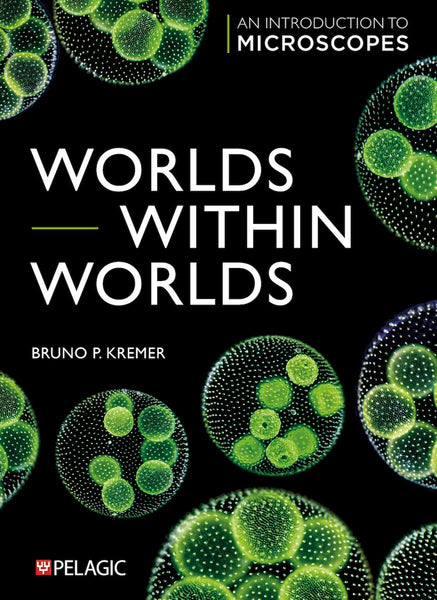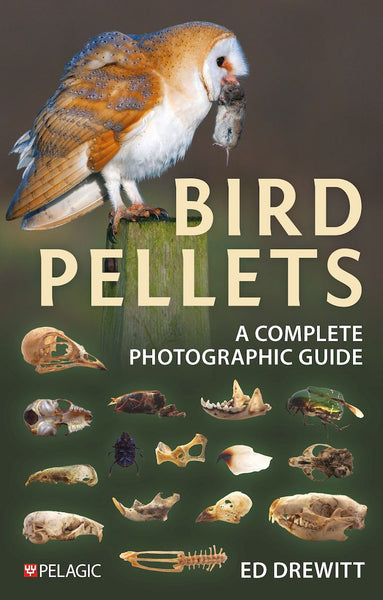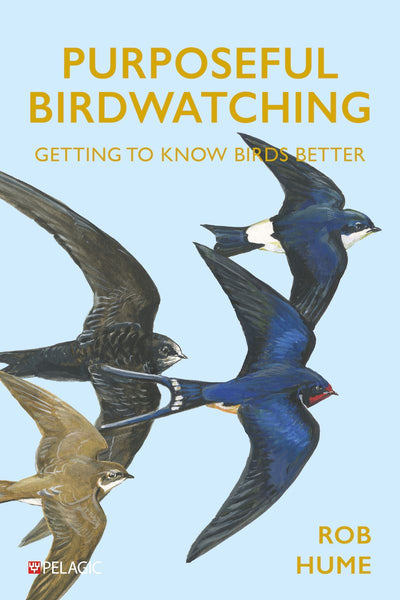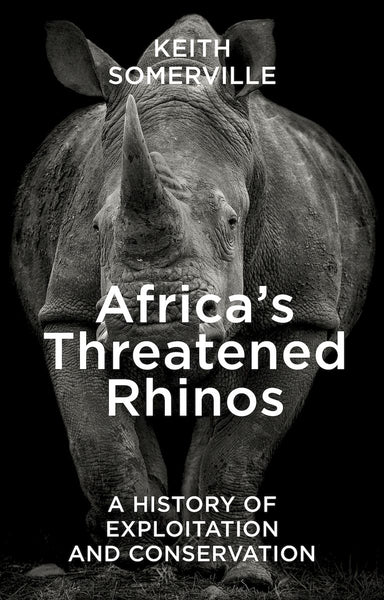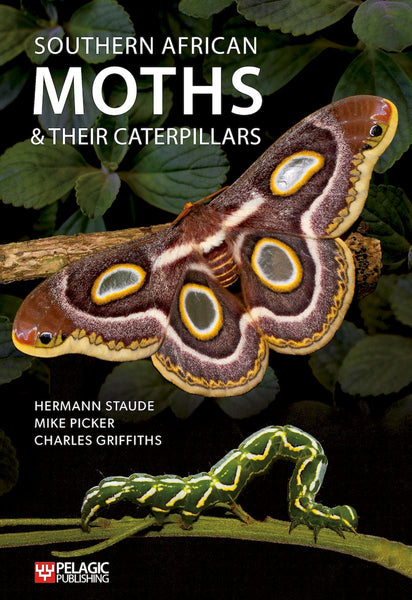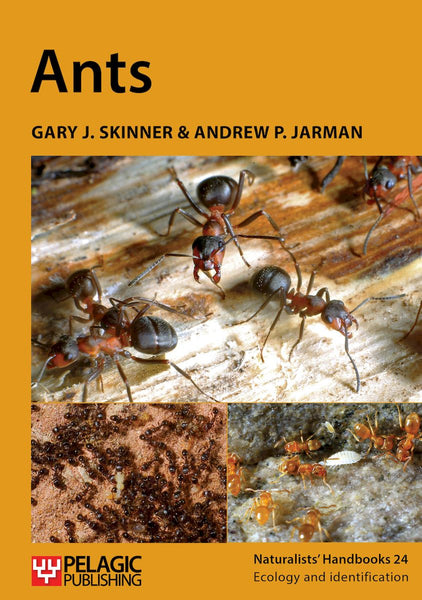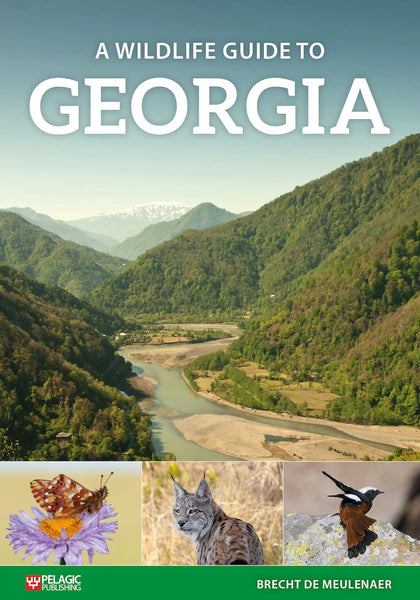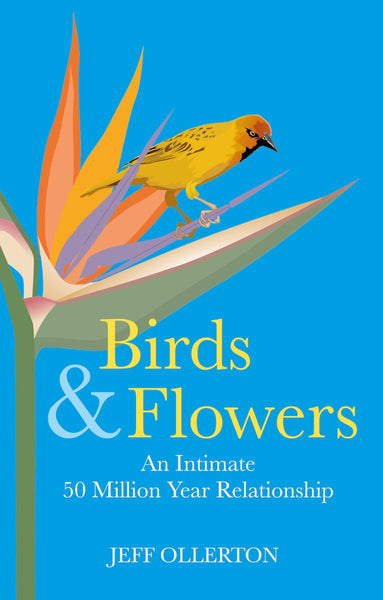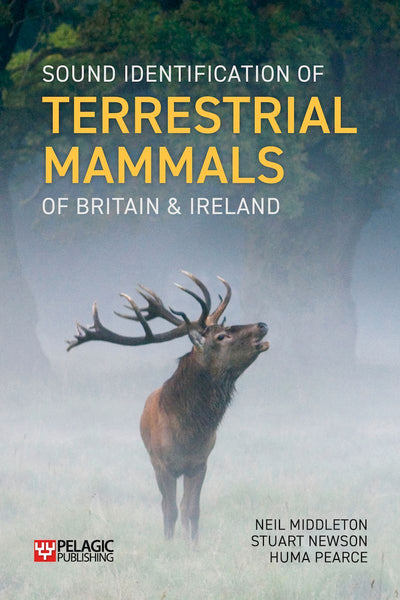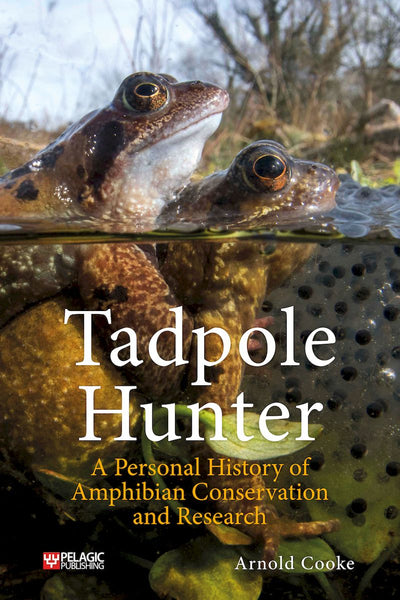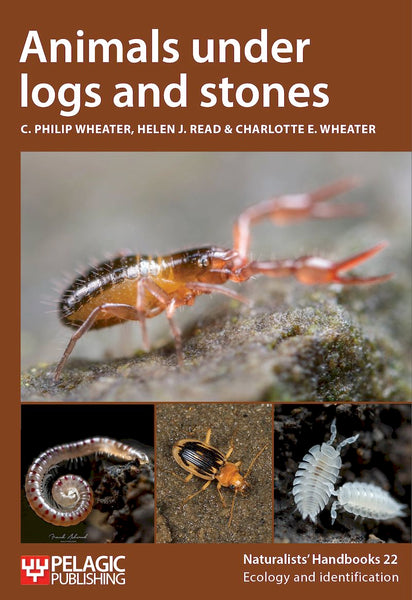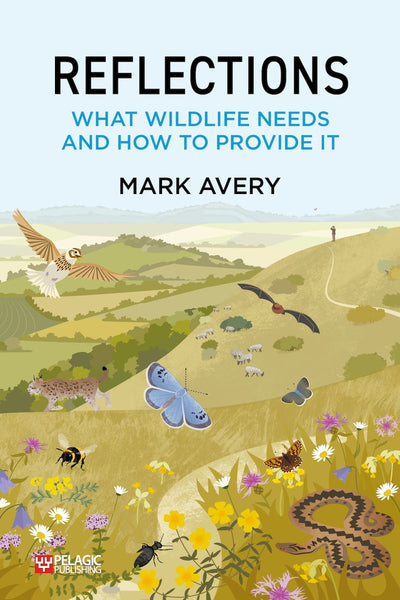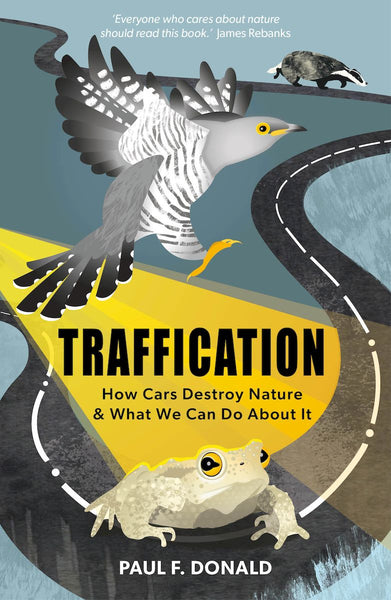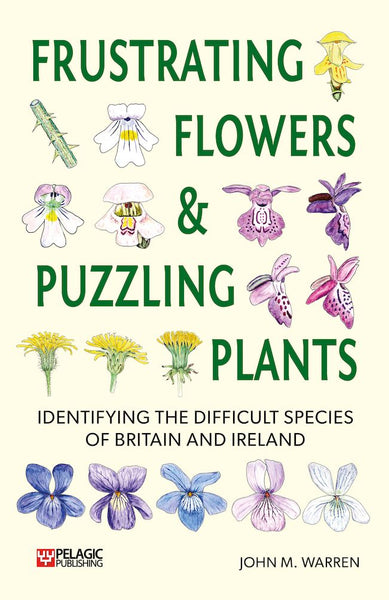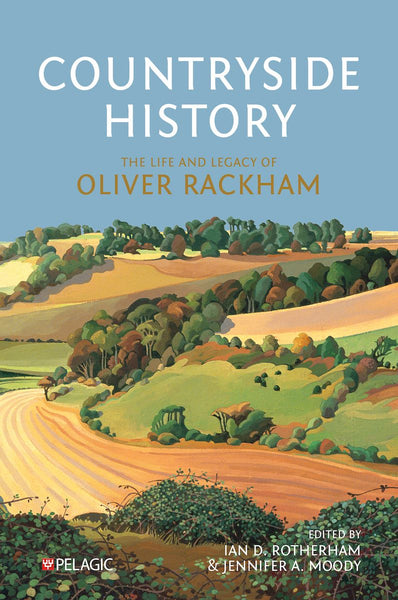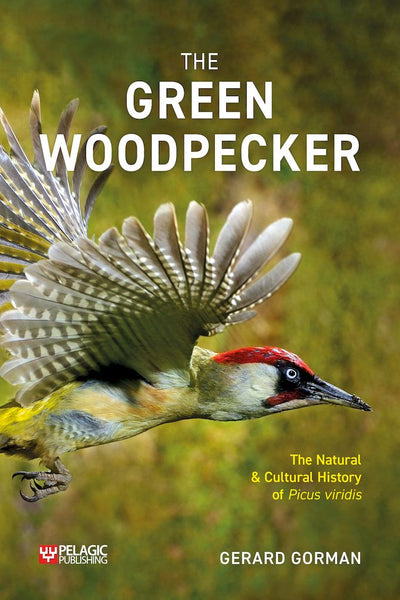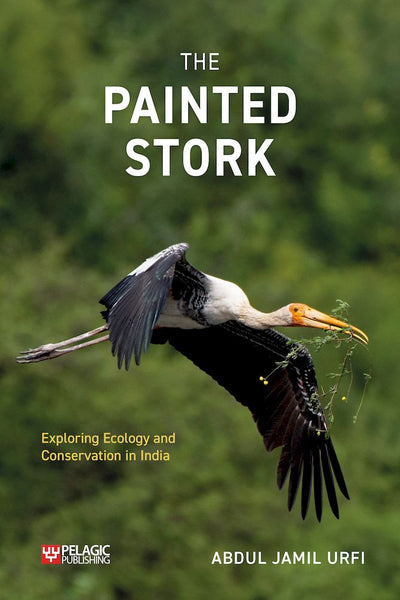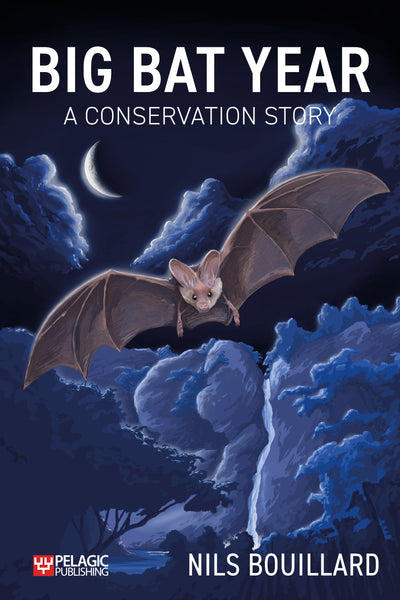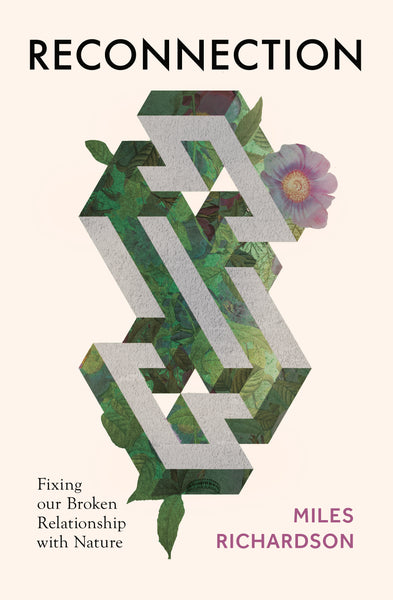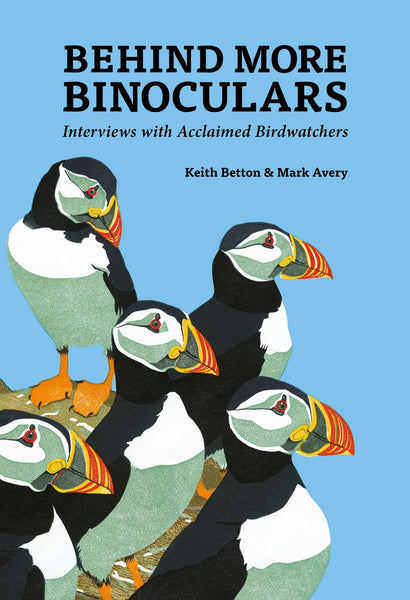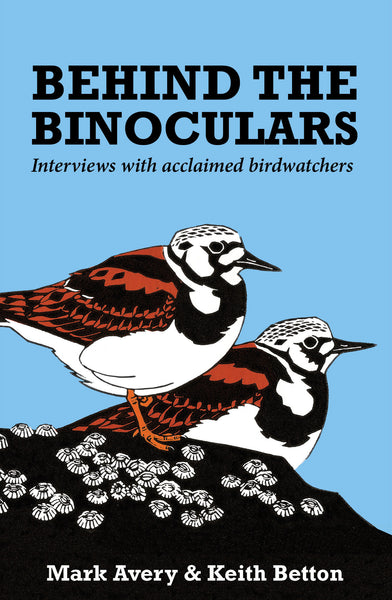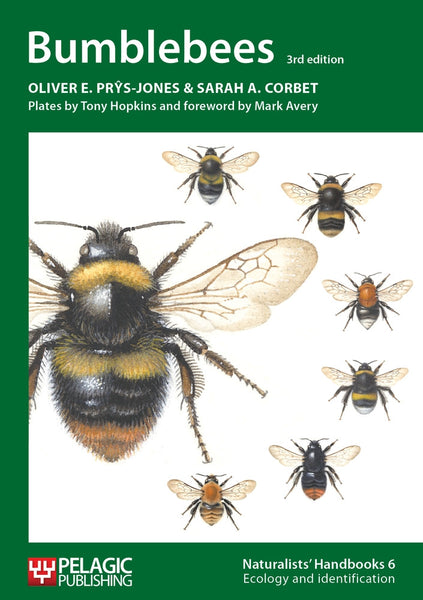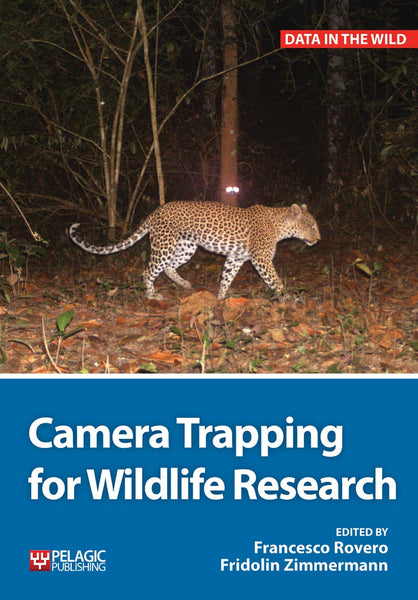Miles McMullan talks to us about Field Guide to the Birds of North America.
Could you tell us a little about your background and when your love of ornithology began?
As a child, I noticed that my father (a failed hunter, by virtue of his own empathy) could instantly tell a duck from a cormorant from a crow or from a starling and I thought that was an almost magical skill. The following day, in one of those little gestures that gently changes the course of your life, he bought me my first bird book and I started learning the difference between crows and cormorants for myself. Hooked thereafter.

Blue-throated Hillstar
As the author of several field guides, what made you decide to focus on North America for this book?
I have made field guides of Colombia and Ecuador, among others. In those mega-diverse countries it is an enormous task just to research and bring together up-to-date information of which species are present, where they are, and what their natural history may be. North America (excluding Mexico) is quite different: the volume and quality of information about its birdlife in the public domain is such that it shifts the emphasis from simply gathering information to how the information is presented, the concern is not information, but informatics. With a background in arts, I find seeing a book as a design problem especially satisfying. How do I get all the information into the smallest possible space? How can I fit an entire continent of information into an object that even less-than-brawny users can hold open in the wind with one hand while using binoculars with the other? These were the juicy issues that drew me to making the book and kept me excited about it after I began – the focus on designing an object, an object that will be useful to people for hundreds or thousands of hours in a variety of conditions, cruel and kind.
Ultimately, bird books have been a crucial, even primary, recruiting tool in the effort to bring new naturalists, birders and conservationists into the fold, and the area covered by this book is a large and important one at global level. Like any author, I want people to use my book, and for it to effect a change in their lives, just as my first bird book did with me.

Great Horned Owl
What kind of fieldwork and research was involved in the creation of the book?
I have worked as a guide for over twenty years and that is really how I learned, by observing and questioning birders, about what type of book birders would like when travelling, what features make them want to take a book into the field rather than leave it on the bookshelf or at the hotel.
My collaborators Derek and Ryan Sallmann have extensive field experience in the part of North America covered and have been an indispensable aid.
What was the biggest challenge you faced whilst writing the book?
Keeping the size down was the big challenge. And, it should be said, the challenge I most enjoyed. I have found that birders, including myself, will, all other things being equal, use the book that feels best in their hand, a bit like your favourite coffee mug.

Painted Bunting
Did you discover anything that particularly surprised you whilst conducting research for the book?
The diversity of Alaska was a big surprise. I didn't think I would be painting so many species that I personally know only from western Europe because they have made landfall in Alaska. After all, Alaska comprises over 50% of the entire coastline of the USA, and also a string of islands that stretch across the international dateline to leave us wondering if they are the most westerly …or most easterly region of the continent.
I was also surprised at how much we don’t know, even though the book covers one of the most extensively studied regions on Earth, so much more is yet to be researched.

Roadrunner
As illustrator as well as author, did any of the species listed stand out as favourites to illustrate?
I prefer to draw the non-passerines – many are more aerial or aquatic in habit and so have more streamlined, sweeping, aesthetic lines. As a watercolourist, I like to paint the cryptic species, such as nightjars, gamebirds, rails, and wrens. Watercolour loves those ochres and greys and rusty browns, while it does not lend itself to very colourful subjects, so bright birds and watercolour often do themselves a mutual disservice.
Learn more about Field Guide to the Birds of North America here.

